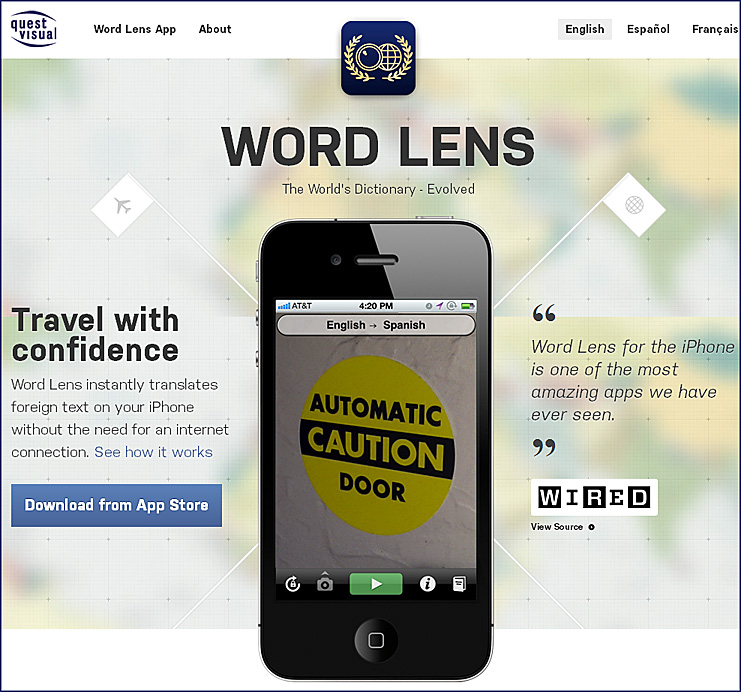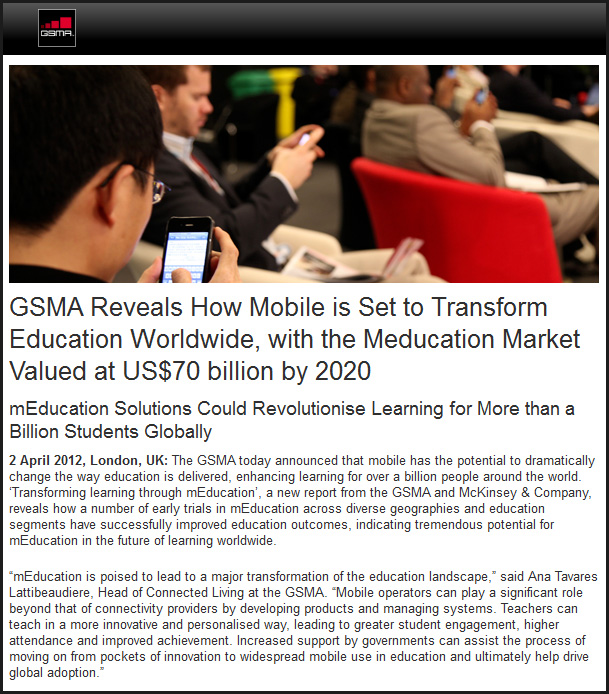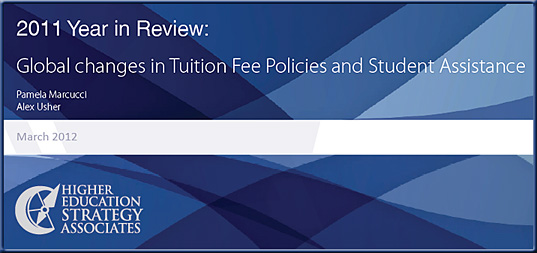GLOBAL: The future of international student mobility — from universityworldnews.com by Dr. Rahul Choudaha
Excerpts:
International student mobility in the first decade of the 21st century has been transformed by two major external events, 9/11 and the recession of 2008. Today the rationale for international student recruitment has shifted from attracting talent to make the student body more diverse, to seeking an additional source of revenue.
…
However, a complex interplay of variables will make it difficult to predict where this growth will go.
As we have seen, the influence of unpredictable events like 9/11 and the recession on student mobility is far-reaching and global. In addition, government policies related to visa requirements, specifically those concerning financial requirements and post-education work opportunities, will have a big influence on student mobility.






















